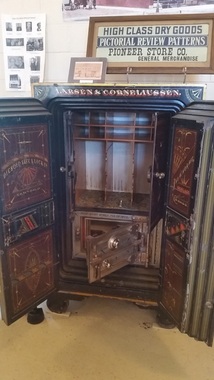 Last week the ad we featured from the 1940 Story City Herald Anniversary Number book was a joint ad from the Pioneer Store Co. and the Alsager Bros. Meat Market. This week our collection items are two of the largest and heaviest items we have from these businesses. One is a 1870 safe made by the Diebold Safe & Lock Co. and the other is a large copper vat. The safe is the original safe that had always resided in the S.R. Corneliussen & Co. building, which in 1911 became the Pioneer Store Co., and is currently the location for Reliance State Bank. Due to new banking regulations involving dual control issues that required the purchase of a new safe, and due to minimal vault space, the bank donated the safe to the museum in April of 1999. The safe had always resided inside a vault at the back of the building until 1972. It was then moved to an inner vault of the bank and was used to store currency and coin until April of 1999. More detail photos of the safe can be seen below. Alsager Bros. Vat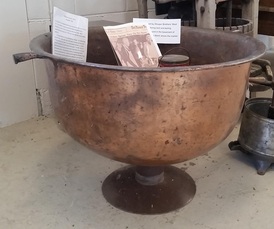 This large vat was used by the Alsager brothers for rendering lard and boiling sausages. It was found in the basement of what is now Reliance State Bank, which is where the brothers had their meat market. The Alsager Bros. Meat Market was in business in Story City for over 40 years.
0 Comments
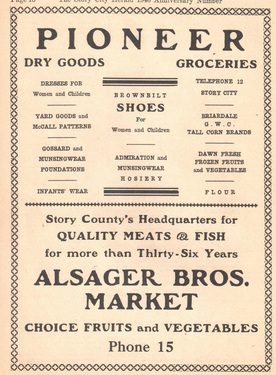 The third advertisement we will be featuring from the 1940 Story City Herald Anniversary Number book is a joint ad from the Pioneer Store Co. and Alsager Bros. Meat Market. The Pioneer Store was located at 604 Broad St, on the south-east corner of Broad and Penn Ave. Norsemen Reality is located there today. In the early 1900s, this location was owned and operated by S.R. Corneliussen. In 1911, Corneliussen sold his store to A.G. Larson, J.C. Johnson, Martin Jorgenson, Herman Jorgenson, and J.A.B. Larson. The store name was changed to the Pioneer Store Company. As you can see in the photo below, the Alsager Bros. Meat Market occupied the east end of the building at 608 Broad St. Reliance State Bank is located there today. The Alsager Bros. Meat Market was in business until 1946. Alsager’s had a reputation as the best meat market in the county. Even people from Ames would drive to Story City to buy their meat there. 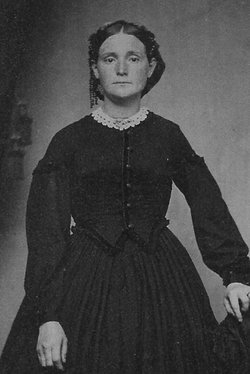 Charlotte Wellington Wier 1839-1928 Charlotte Wellington Wier 1839-1928 Two articles were included in the 1940 Story City Herald Anniversary Book about pioneer women, describing these women as the backbone of pioneer life. Pioneer women led a hard life of long hours, hard work, and few conveniences. One of these articles was written by Nehemias Tjernagel, who was an author, composer, and world traveler. He wrote examples of several local pioneer women, who along with their daily duties would help the sick since medical assistance was not readily available in these early days. These women included Mrs. Kittel Knutson, who freely gave her services to the sick, diagnosing cases as if by intuition. Mrs. Christian Karolussen, an intelligent woman with a helpful spirit, “helped usher into the world many of our present citizens.” Mrs. Haaver Thompson was well known for her hospitable attitude towards children. Besides caring for her own children, she took in several other children who lost their parents. Nehemias also wrote of Charlotte Wier, the wife of Captain Wier, who came to Lafayette Township in 1856. She is remembered for waiting on traveling families for days and days. Sometimes she would take in so many travelers that they would lie strewn around on the floor at night and she would have to step over them in the morning when getting breakfast ready. No one was turned away. Charlotte had “experienced the hardships of travel and knew what a friendly welcome meant.” The other article in the book described a young pioneering couple just starting out. The first year they could not afford to employ a hired man, which meant they milked 14 cows and fed the calves by hand every day. The household facilities were not the best; the living room adjoining the kitchen was used as the family sleeping room. House cleaning included white-washing the walls, scouring the unpainted woodwork, washing windows and bed clothes, emptying, washing and refilling the straw bed ticks, taking up the rag carpet, beating the dust out of it, scrubbing the floor, and putting the carpet down again with fresh straw underneath. If the rag carpet needed to be washed, it was ripped apart and washed on the washboard one strip at a time. It’s hard to imagine this carpet cleaning process with the multiple vacuums and carpet cleaners available today. We hope you have enjoyed this brief overview of the lives of early pioneer women in the area. |
AuthorKate Feil Archives
February 2023
Categories
All
|
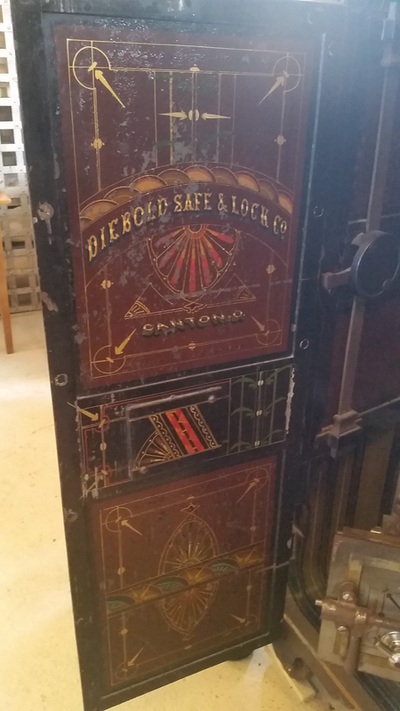
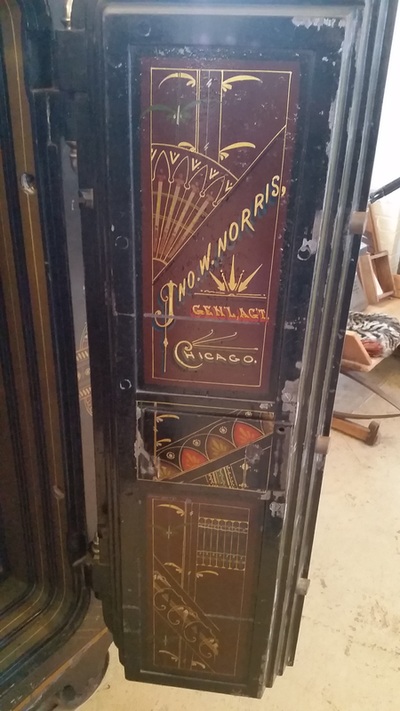
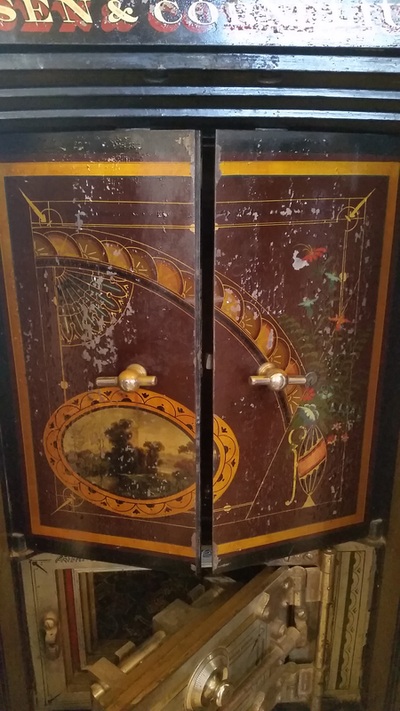
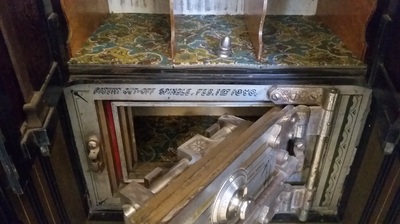
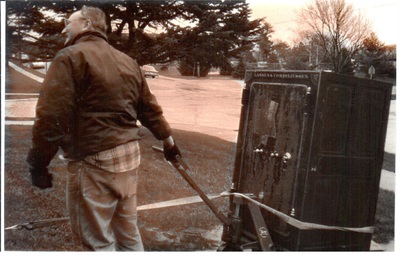
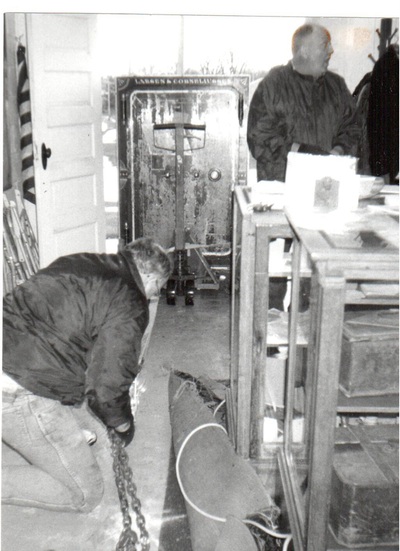

 RSS Feed
RSS Feed
